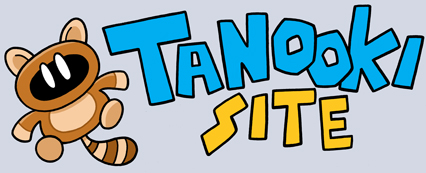Blackface in Video Games
In Japan, the stereotypical “blackface” look — pitch-black skin with bulging white eyes and bulbous red or pink lips — has long been considered something funny or whimsical. In the United States however, where the look originated, it is considered a deeply offensive, racist caricature associated with the oppression of African-Americans in the antebellum and Jim Crow eras.
Accordingly, over the decades Americans have been forced to repeatedly edit blackface characters out of Japanese video games imported to the US.
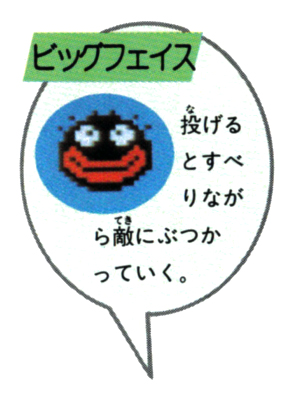
Doki Doki Panic / Super Mario Bros. 2
(Famicom/NES; Nintendo, 1987-1988)
The American sequel to Super Mario Bros. (1985), which originated as a non-Mario themed Japan-only title with many subtle differences. As Doki was modified into Super Mario Bros. 2, (also known as Super Mario Bros. USA) several design elements were replaced with Mario-themed characters.
A notable one was the removal of a blackface head item (described in the Japanese instruction manual, left, as ビッグフェイス, or “Big Face”), and replacing it with a red Koopa shell. Doki has a orientalist aesthetic that combines various tropes from stereotypically “exotic” foreign lands. It’s been speculated that the “Big Head” was supposed to be an African shrunken head.
Square’s Tom Sawyer
(Famicom; Square, 1989)
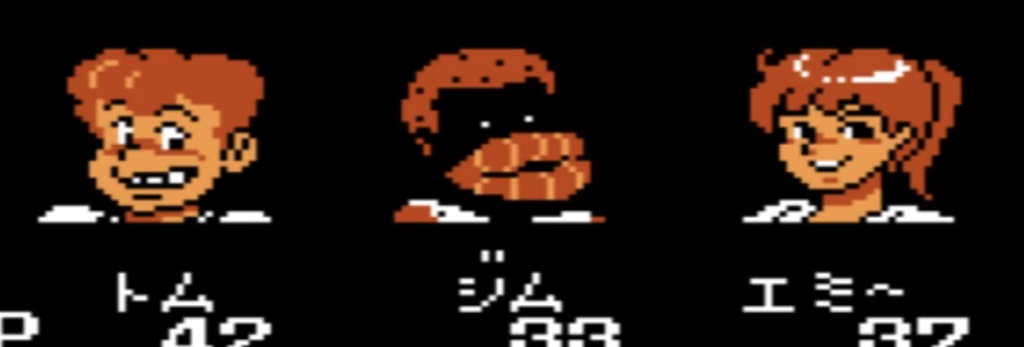
An RPG based on the universe established by Mark Twain’s immortal 1876 novel and its sequel, The Adventures of Huckleberry Finn (1884). Twain’s infamous character, the escaped slave “N*gger Jim” (in this game, referred to as simply “Jim”) is depicted as an extreme blackface caricature.
It has been speculated that Jim’s depiction in this game was a reason why it was not released in America. Though plausible, it is more likely that the game’s theme was simply deemed too problematic overall based on Nintendo of America’s standards at the time. Nintendo of America was not above “softening” blackface depictions, so it’s unlikely Jim’s appearance was the sole deal-breaker.
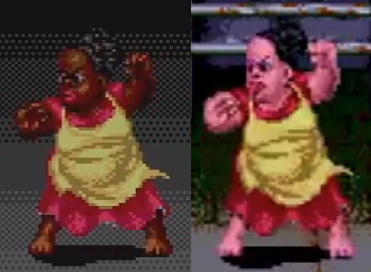 DJ Boy
DJ Boy
(Arcade/Genesis; Kaneko, 1989)
An arcade “beat-em-up” based on Japanese stereotypes of ’80s-era urban America. An enemy character in Round 5 is a large, black “mammy” type, with stereotypical features.
When the game was brought to America as a Sega Genesis console port, her skin was changed to bright pink.
Pokémon (Red, Blue and Yellow Version)
(Game Boy; Nintendo, 1998)
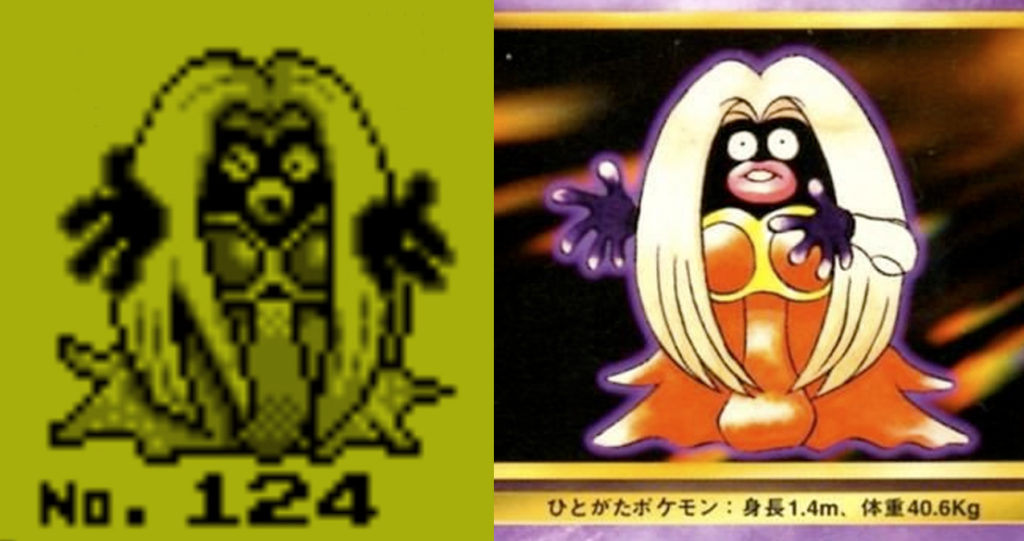
The first games of the iconic series. A mimic-type Pokémon known as “Jynx” originally had a black face. Following backlash in America, Jynx’s face was re-colored purple in the American version of the sequels, Pokémon Gold/Silver/Crystal Version (2000), and blackface depictions of the character in auxiliary media were removed or edited.
By the time the second sequels were released, Pokémon Ruby/Sapphire Version (2003), Jynx’s purple-faced look had become the standardized depiction of the character in both America and Japan. The character had a black face in the Anime until 2005, however. In 2015, the original “Red,” “Blue” and “Yellow” versions of the original Game Boy game were re-released for the Nintendo DS and Jynx’s skin was re-colored purple.
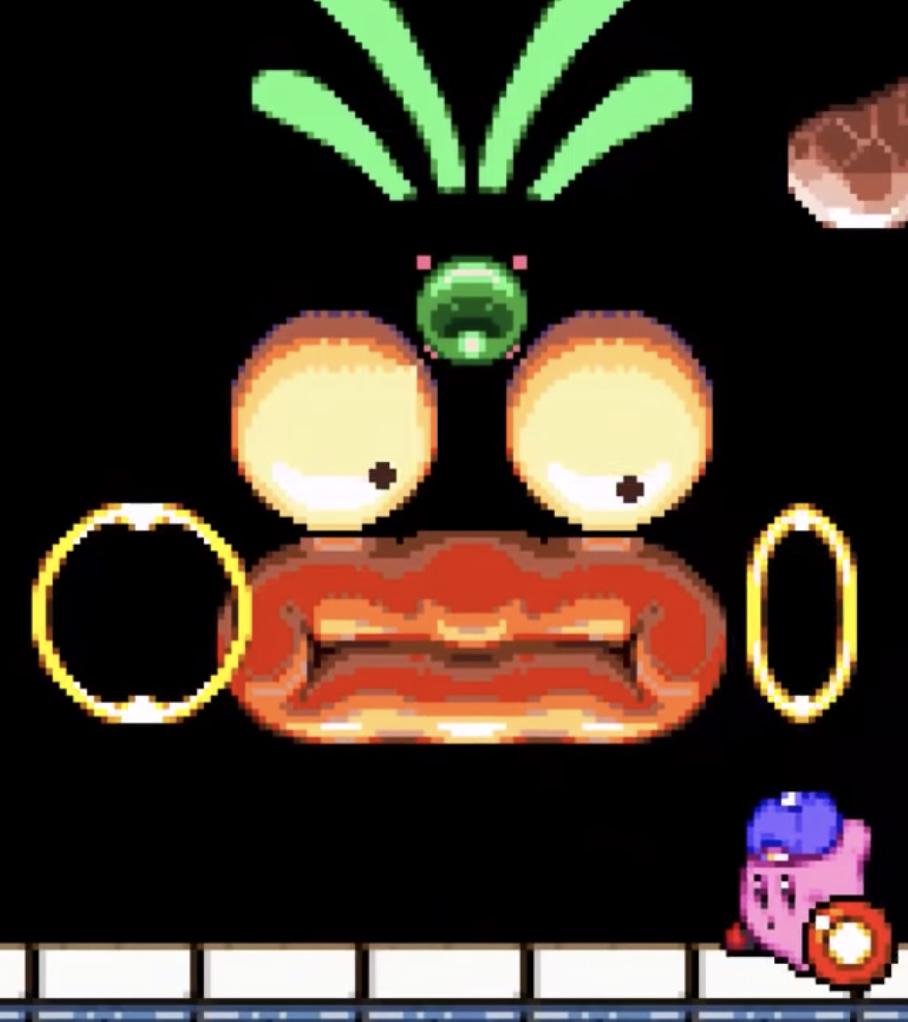 Kirby Superstar
Kirby Superstar
(Super Nintendo; Nintendo, 1996)
A SNES game consisting of multiple Kirby-themed games in one. The final boss of one of them, The Great Cave Offensive, is a blackface-looking stone monster, later named Wham Bam Rock.
When the game was released in 2008 as Kirby Superstar Ultra for the Nintendo DS, the character was significantly redesigned to tone down the blackface elements.
The Legend of Zelda: Majora’s Mask
(N64; Nintendo, 2000)
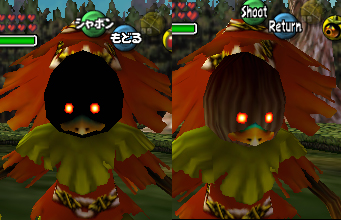
Images care of The Cutting Room Floor.
Iconic N64 title. A major character in the game is the Skull Kid, who wears a mask. When he takes it off, he reveals a black orb of a head with a beak and glowing eyes.
In the American version, his head was given a wood-like texture instead.
Mega Man Powered Up
(PSP; Capcom, 2006)
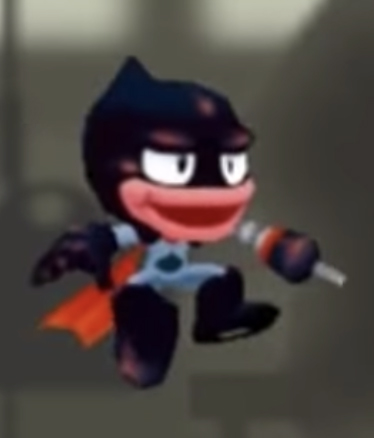 A re-release of the first Mega Man game, Mega Man (1987), ported to the Playstation Portable. Two new boss characters were added to the re-release, one of whom, Oil Man, is depicted in a blackface style. In the American version of the game, Oil Man’s bulbous lips are recolored yellow and his “oil” skin is made a lighter, bluer shade.
A re-release of the first Mega Man game, Mega Man (1987), ported to the Playstation Portable. Two new boss characters were added to the re-release, one of whom, Oil Man, is depicted in a blackface style. In the American version of the game, Oil Man’s bulbous lips are recolored yellow and his “oil” skin is made a lighter, bluer shade.
In the American Mega Man comics he wears a scarf covering his lips.
